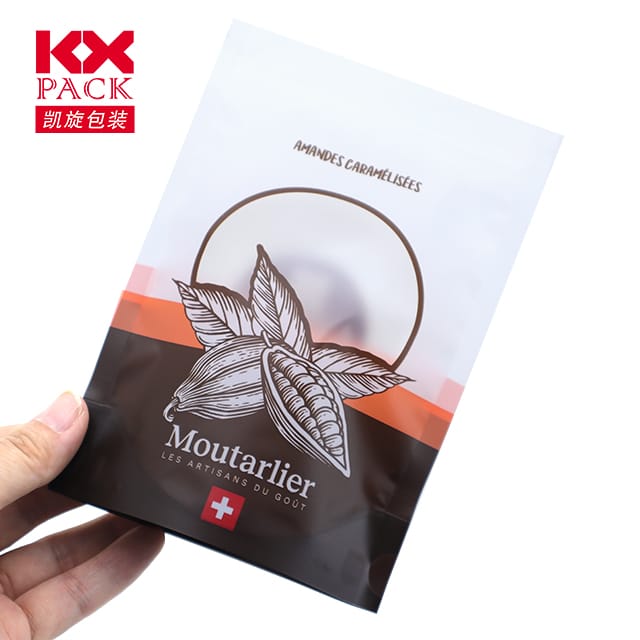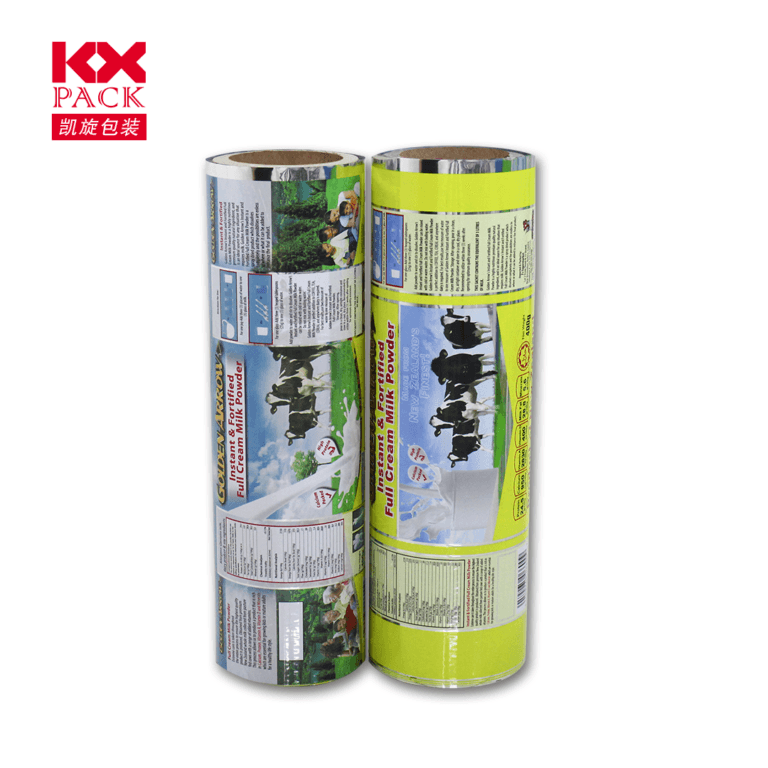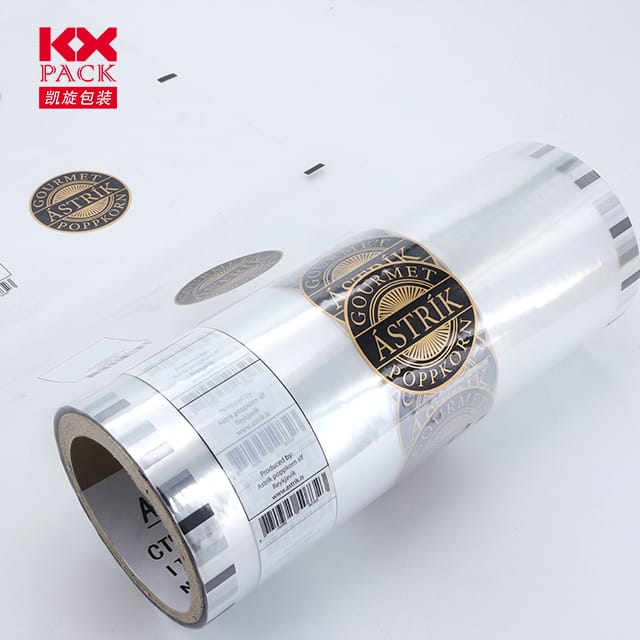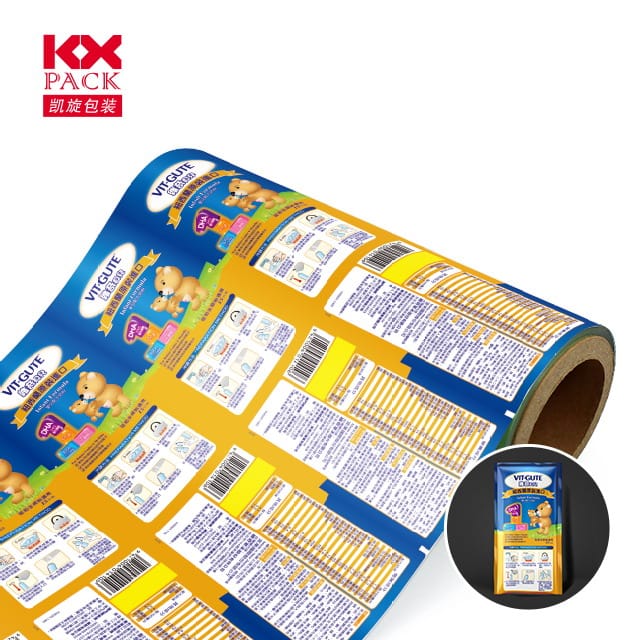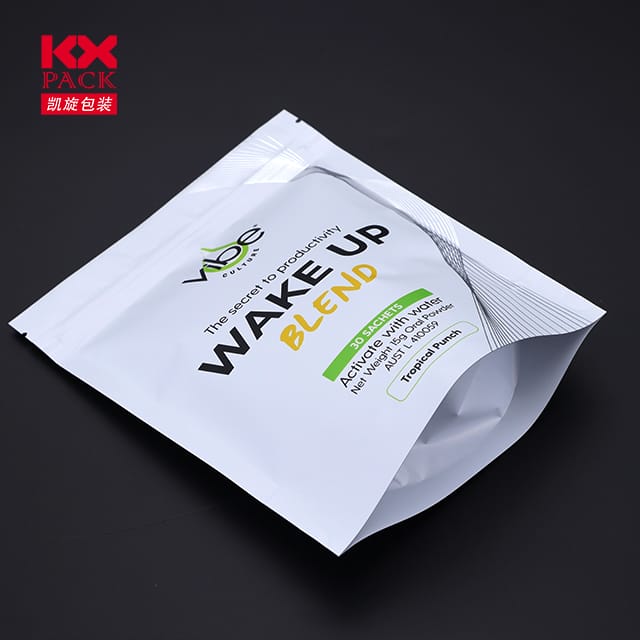유연한 포장 필름의 진화: 지속 가능성, 혁신, 소비자 영향
유연한 포장 필름
오늘날의 빠르게 진행되는 소비자 환경에서, 유연한 포장 필름 현대 제품 보호 및 편의의 초석으로 등장했습니다.. 식품 및 음료에서 제약 및 개인 관리 항목에 이르기까지, 이 가벼운, 다목적 재료는 기능 균형을 유지하여 산업을 재구성하고 있습니다, 비용 효율성, 그리고 환경 적 책임. 최신 트렌드를 살펴 보겠습니다, 도전, 지속 가능한 포장의 미래를 주도하는 유연한 포장 필름의 혁신.
1. 유연한 포장 필름이란 무엇입니까??
유연한 포장 필름 포장에 사용되는 비 강력한 재료를 나타냅니다, 밀봉하다, 또는 제품을 포함합니다. 일반적으로 폴리머로 만들어졌습니다 폴리에틸렌 (체육), 폴리 프로필렌 (PP), 폴리에스테르 (애완 동물), 생분해 성 대안, 이 영화는 다음과 같은 장점을 제공합니다:
- 가벼운 디자인: 운송 배출 및 자재 비용을 줄입니다.
- 장벽 속성: 수분을 방지합니다, 산소, UV 조명, 그리고 오염 물질.
- 맞춤화: 고품질 인쇄 및 고유 한 모양을 통해 브랜딩을 활성화합니다.
- 확장 된 유령 수명: 제품 신선함을 보존합니다, 부패하기에 중요한.
2. 지속 가능성: 원동력
포장 산업은 폐기물과 탄소 발자국을 최소화하기위한 압력에 직면 해 있습니다.. 유연한 필름이 적응하고 있습니다:
에이. 생분해 성 및 퇴비화 가능한 재료
- PLA (폴리 락트산): 옥수수 전분과 같은 재생 가능한 자원에서 파생되었습니다, PLA는 산업용 퇴비 시설에서 분해됩니다.(유연한 포장 필름)
- 파 (폴리 하이드 록시 알 카노 네이트): 박테리아에 의해 생성 된 생분해 성 중합체, 해양 분해 가능한 응용에 이상적입니다.
- 종이 기반 라미네이트: 재활용 가능 또는 퇴비 용액을 위해 종이와 생체 플라스틱을 결합합니다.
같은 브랜드바디 녀석 그리고자연 워크 산업용 퇴비 표준을 충족하는 개척 퇴비화 필름입니다 (예를 들어, 안에 13432), 전통적인 플라스틱에 대한 실행 가능한 대안을 제공합니다.
비. 재활용 가능한 단량 물질
단일 물질 구조 (예를 들어, All-PE 또는 All-PP 필름) 다층 비 호환성을 제거하여 재활용을 단순화하십시오. 같은 혁신Amcor의 amlite heatflex 재활용 가능 원형을 가능하게하면서 성능을 유지하기 위해 단일 폴리머 장벽을 사용하십시오.
기음. 소비자 후 재활용 (PCR) 콘텐츠
재활용 플라스틱을 유연한 필름에 통합하면 처녀 재료 사용이 줄어 듭니다.. 예를 들어, Dow의 재활용 기술 폴리에틸렌 필름은 상점 드롭 오프 프로그램을 통해 재활용 할 수 있습니다..
3. 기술 발전
에이. 유효 기간이 긴 고등 배리어 필름
고급 코팅 및 나노 기술은 대량을 추가하지 않고 장벽 특성을 향상시킵니다.. 예를 들어, 산화 실리콘 (SIOX) 및 산화 알루미늄 (알록스) 코팅 금속화 된 필름과 비슷한 산소 및 수분 장벽을 제공하지만 재활용 이점이 있습니다..
비. 능동적이고 스마트 포장
- 산소 청소기: 제품 신선도를 확장하기 위해 필름에 통합되었습니다 (예를 들어, 미쓰비시 가스 화학 물질 Ageless®).
- 온도 표시기: Color-changing labels that alert consumers to spoilage risks.
- QR Codes and NFC Tags: Enable traceability and consumer engagement via smartphones.
기음. Lightweighting and Thinner Gauges
Manufacturers are reducing film thickness without sacrificing strength. 예를 들어, Borealis’ Borstar® technology produces ultra-thin PE films that cut material use by up to 30%.
4. Challenges and the Road Ahead
Despite progress, 장애물이 남아 있습니다:
- Recycling Infrastructure: Many flexible films are difficult to recycle due to multi-layer designs or contamination.
- Cost vs. 지속 가능성: Biodegradable materials often cost more than conventional plastics.
- 소비자 교육: Misconceptions about compostability (예를 들어, home vs. industrial composting) hinder adoption.
수평선의 솔루션:
- 화학적 재활용: Turning mixed plastics into raw materials for new films (예를 들어, PureCycle Technologies).
- Standardized Labels: Clearer recycling/composting instructions to reduce confusion.
- 정책 지원: Extended Producer Responsibility (EPR) laws incentivizing eco-design.
5. The Consumer Perspective
Modern shoppers prioritize sustainability but demand uncompromised quality. Brands must balance:
- 편의: Easy-to-open, resealable films for on-the-go lifestyles.
- 투명도: Clear messaging about eco-attributes (예를 들어, “100% 재활용 가능” 또는 “Home Compostable”).
- 미학: High-definition printing to maintain brand appeal.
결론: 유연한 미래
Flexible packaging film is at a crossroads—where innovation meets responsibility. The shift toward sustainable materials, coupled with smart packaging technologies, promises a future where products are protected, waste is minimized, and the planet thrives.
Call to Action:
- 소비자: Support brands using recyclable/compostable films and advocate for better recycling infrastructure.
- 제조업체: Invest in R&D for mono-material designs and closed-loop systems.
- Policymakers: Enforce stricter eco-standards and incentivize circular economy practices.
함께, 유연한 포장을 진보의 상징으로 바꿀 수 있습니다. 오염이 아닙니다.. 🌍♻️
출처: 유연한 포장 연관성, Smithers Pira, 다우 화학, amcor, 산업 지속 가능성 보고서.

